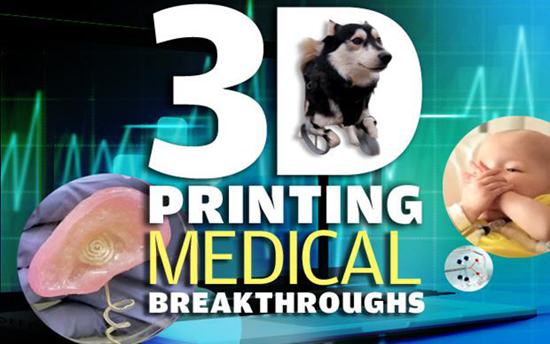
3D printing medical breakthroughs - including dog legs
By Lucas Mearian, Computerworld, 30 December 2014.
By Lucas Mearian, Computerworld, 30 December 2014.
From 3D-printed skin to prosthetic legs for a dog, here are some of the medical advancements that 3D printing has brought about this past year.
3D printing's medical marvels
Over the past year, 3D printing has enabled medical feats that previously would have been impossible to achieve. Here, we look at just a handful of the amazing objects that 3D printing can produce, remembering at the same time that these are only the beginnings of far greater advancements to come.
1. A human ear
Researchers at Princeton University have developed a proof of concept for a 3D-printed bionic ear. The scientists seeded a hydrogel - or culturing cartilage - with human cells in the shape of a human ear. They then embedded an inductive coil made of polymer with silver nanoparticles that allow the processing of signals from cochlea-shaped electrodes.
The printed ear picks up enhanced radio frequency reception, and paired left and right ears can listen to stereo music. Overall, the new approach interweaves biological tissue with functional electronics, via 3D printing, and could create bionic organs that work even better than do their human counterparts.
2. 3D-printed splint saves baby's life
Surgeons at the University of Michigan’s C.S. Mott Children’s Hospital implanted 3D-printed splints to open up the airways of 18-month-old Garrett Peterson. It was only the second time the 3D printed splints were used to save a life.
Garrett had spent his entire life in a hospital tethered to ventilators, yet from time to time, he would still stop breathing. His condition was putting pressure on his airways, eventually causing them to collapse into small slits.
Using a CT scan and CAD software, physicians created a 3D model of Garrett’s airway and designed custom splints to fit onto his bronchi.
The splints were made with selective laser sintering, a 3D technique where successive layers of powdered material - in this case bioresorbable compounds - are heated together with a laser.
Once printed, the splints were sewn onto both branches of Garrett's bronchi to expand the airways and give them external support for proper growth. Over about three years, the splint will be reabsorbed by the body and his trachea should be fully functional on its own.
3. 3D-printed knee meniscus
Columbia University Medical Centre is using a 3D printing method known as fused deposition modelling (FDM) to create a knee meniscus, which is the cartilage layer protecting the bones that is typically lost during knee surgery or injured during athletics. The technology uses a 3D-printed implant that is then infused with human growth hormones to prompt it to regenerate on its own.
Because sheep knees closely resemble those of humans, they were used to test protein-infused 3D scaffolding. The 3D-printed menisci were implanted in sheep. After three months, the animals with the protein-infused menisci were walking normally. When applied to humans, the therapy could help millions avoid the pain that results from losing the protective knee layer, which can also lead to crippling arthritis.
4. Printing skin grafts
The University of Toronto in partnership with MaRS Innovations has created a 3D printer that can use a patient's own cells to print skin grafts, including hair follicles and sweat glands. The printer takes a patient's grown cells along with other biomaterials into a micro-device, which then pushes them out through several channels.
The biomaterials are then mixed, causing a chemical reaction that forms a "mosaic hydrogel," a sheet-like substance that allows the growth of cells in living tissues. The hydrogel is rolled out in thin sheets that can create many layers of tissue.
5. 3D-printed body on a chip
The Wyss Institute at Harvard and the Wake Forest Institute of Regenerative Medicine have been leading research into "body on a chip" or "organs on a chip" than can use a 3D printing process. The process involves extruding human cells onto a two-inch chip to create tiny organ-like structures that mimic the function of the heart, liver, lung and blood vessels.
The "body on a chip" technology can be used to test everything from pharmaceuticals to a chemical warfare agent's affects on humans. Along with the two universities, public sector companies including GlaxoSmithKline and Organovo have also been performing research on 3D-printed tissue technology.
In this photo, the Wyss Institute has combined microfabrication techniques with modern tissue engineering to create a "lung-on-a-chip" that allows drug screening by mimicking the mechanical and biochemical attributes of a human lung.
6. 3D skull
Surgeons at the University Medical Centre at Utrecht University in The Netherlands used this 3D-printed skull to save a woman's life by replacing her own skull, which was suffering from a condition that caused it to thicken to three times its normal size. The thickening skull was placing pressure on the woman's brain, and had already caused her to lose her vision and suffer from impairment of motor skills. Until 3D printing, "there had been no effective treatment for such patients," brain surgeon Bon Verweij stated in a press release.
7. Printing a dog's legs
Courtesy YouTube.com
Derby was born with deformed front legs. 3D printer maker 3D Systems developed a set of prosthetic legs that not only allows the husky to walk, but to run and keep up with other dogs and his owners.
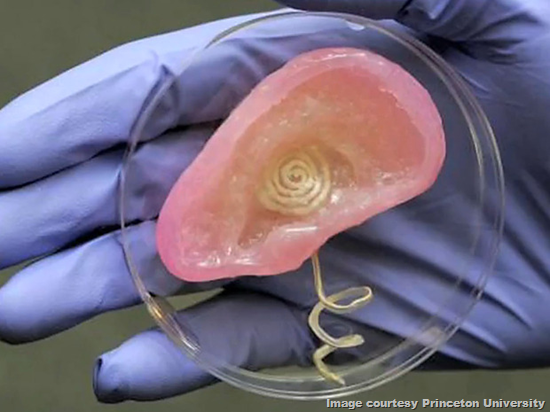
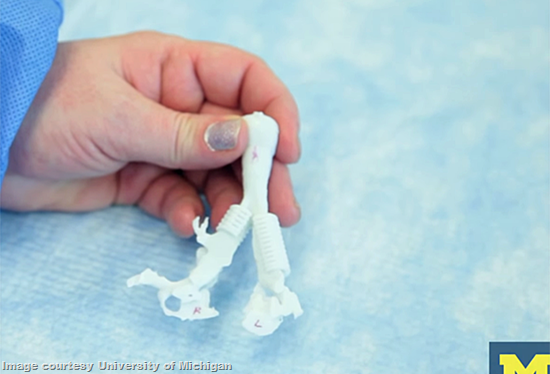
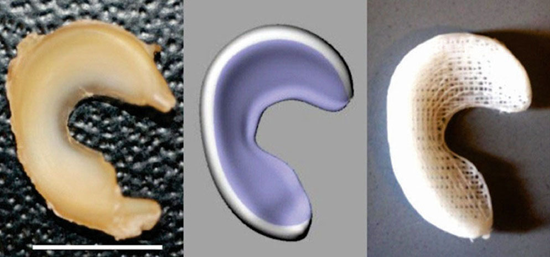
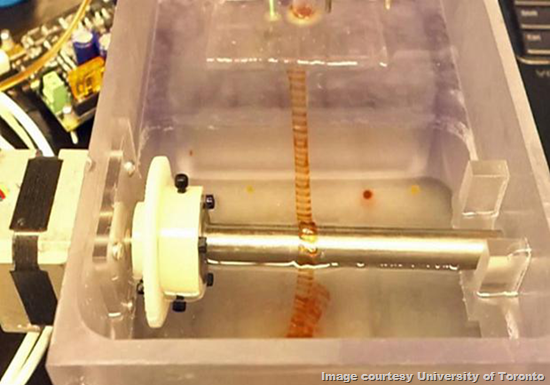
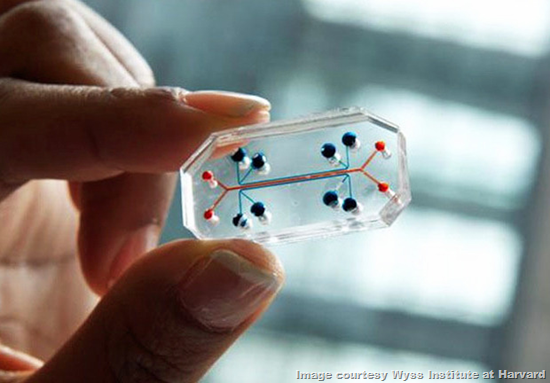
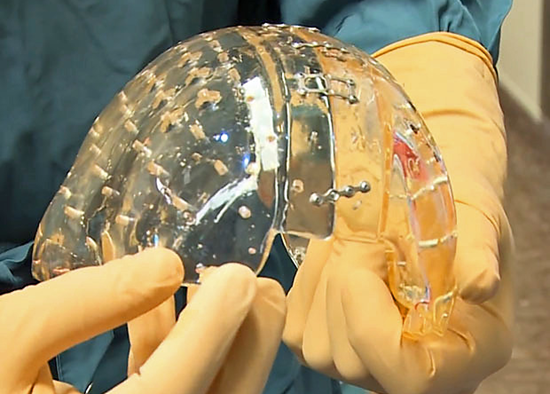
No comments:
Post a Comment
Please adhere to proper blog etiquette when posting your comments. This blog owner will exercise his absolution discretion in allowing or rejecting any comments that are deemed seditious, defamatory, libelous, racist, vulgar, insulting, and other remarks that exhibit similar characteristics. If you insist on using anonymous comments, please write your name or other IDs at the end of your message.